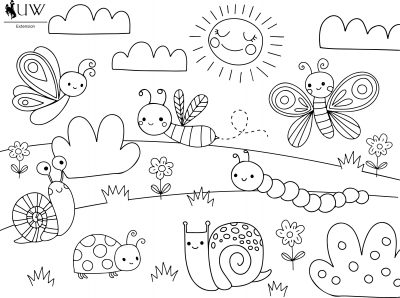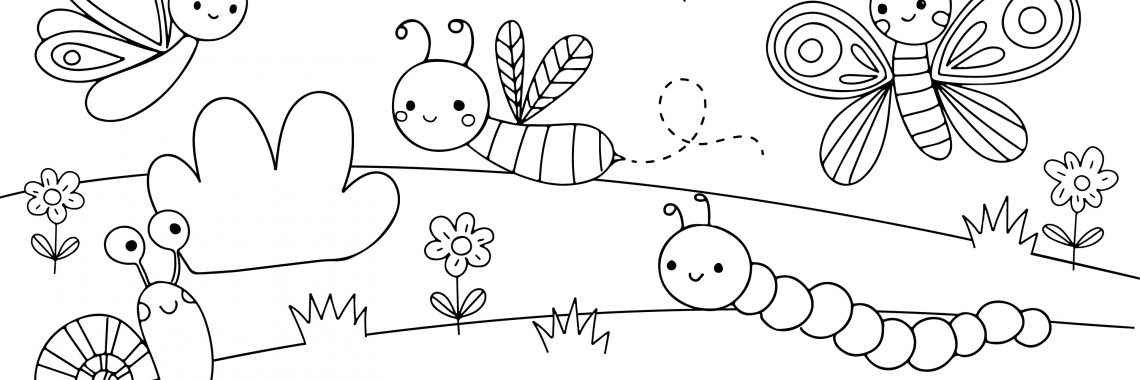
Insects are not often at the forefront of our minds when thinking about agriculture, but they definitely have a part, often beneficial.
You’ve probably seen a dung beetle or two if you’ve kicked very many cow patties in a pasture. There are three different kinds of dung beetles: tunnelers, dwellers, and rollers.
- Tunnelers tunnel under the dung in the soil and then bring the dung into their tunnels.
- Dwellers live within the dung pile or right below it.
- Rollers roll up the dung and then roll it away from the pile.
By removing dung, both by tunneling and consumption, dung beetles reduce available dung for flies, which indirectly reduces the number of flies livestock producers have to control.
Flies can be problematic for livestock producers. Biting flies can cause major losses in production both in the amount of money spent trying to control the flies and also in cattle efficiency losses. Cattle getting bit by flies spend less time eating and more time swishing and twitching. They are also more stressed, which in turn can effect daily gain.
However, not all flies are pests. There is a family of flies called Tachinidae that are parasitic of other insects in their larvae stages, and then pollinate as adults. The insects the larvae prey upon are often plant-damaging insects. Having tachinids present can reduce plant damaging pests, which can reduce the amount of forage damage by insects.
The robber fly (family Asilidae) is another beneficial fly. Robber flies prey on other insects, some of which are also plant-damaging pests. So again, by having robber flies, insects that cause plant damage can be reduced and in turn, there is less forage damage.
If in the business of raising livestock, or growing food for animals or people, this is great news.
The golden dung fly (Scathophaga stercoraria) is a third beneficial insect. The golden dung fly is a predator to horn flies and filth flies. Horn flies are huge contributors to livestock production losses. Golden dung fly larvae also help recycle manure and have some of the same beneficial traits of dung beetles.
It’s important to understand and recognize the insects that may be in your region and how they may be affected by treatment methods used for controlling pests. Having contributors like dung beetles building soil organic matter and beneficial flies aiding in Integrated Pest Management is great.
Take a closer look and see what aid you may be receiving; they may be small, but every bit helps.
Author: Abby Perry is the University of Wyoming Extension educator based in Carbon County and serving southeast Wyoming. She can be contacted at (307) 328-2642 or ajacks12@uwyo.edu.
Reprinted from Connect 2020.





